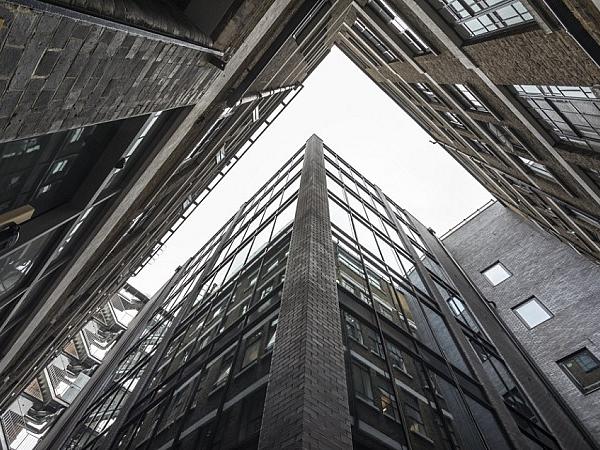
This was the challenge for developer Meritcape when they set out to refurbish 7 Aylesbury Street – a converted historic warehouse building in Clerkenwell, East London.
The designers wanted to fill every floor of the building with natural light, from both the front and the back of the building by using floor-to-ceiling glazing on every floor. However, the rear of the property was just three metres away from a neighbouring building.
To prevent fire spreading from one building to the next, building regulations specify the fire resistance that external walls need to be able to provide. This is given as minimum requirements for integrity – how long they can contain smoke and flames – and insulation, or how long they can prevent the escape of heat.
Steve Bond, technical and customer support manager, fire, at Pilkington United Kingdom Limited, said: “When you have two buildings this close together, standard glazing is not an option, as it doesn’t put up enough of a barrier to fire spreading outwards from the building.
“That’s where fire-resistant glazing can make a big difference. By providing protection against fire while also letting light flow in, we can create light-filled spaces in very built-up parts of the city where not long ago it wouldn’t have been possible.
“As well as sealing in flames and smoke for at least an hour, the glass also provides radiation shielding that reduces the amount of heat energy that can pass outwards through the glass – another key means of spreading fire.”
The rear façade of the building is glazed in Pilkington Pyroclear® Plus insulating double-glazed units, delivering not only the right level of fire resistance, but have also been designed to give excellent thermal insulation (U-value) properties to reduce heat-loss from the building.
Davood Kiani, Senior Project Consultant at Meritcape said: “Those looking for modern commercial space expect floorplans to be well lit with natural light, and this is one of the main design challenges when working with buildings in the most densely urban areas of the city.
“Fire regulations are one of the big reasons for this, so Pilkington fire-resistant glazing means we can achieve the best of both worlds - a building that meets or exceeds all of the safety regulations while also feeling spacious and airy.”
A total of 800m2 of Pilkington glass was used in the project, including in the front façade of the building, in which hundreds custom-sized small double-glazed solar-control units were used to imitate the crittall steel-framed windows that are a signature feature of buildings in the area.
Image courtesy of S G Photography Ltd

